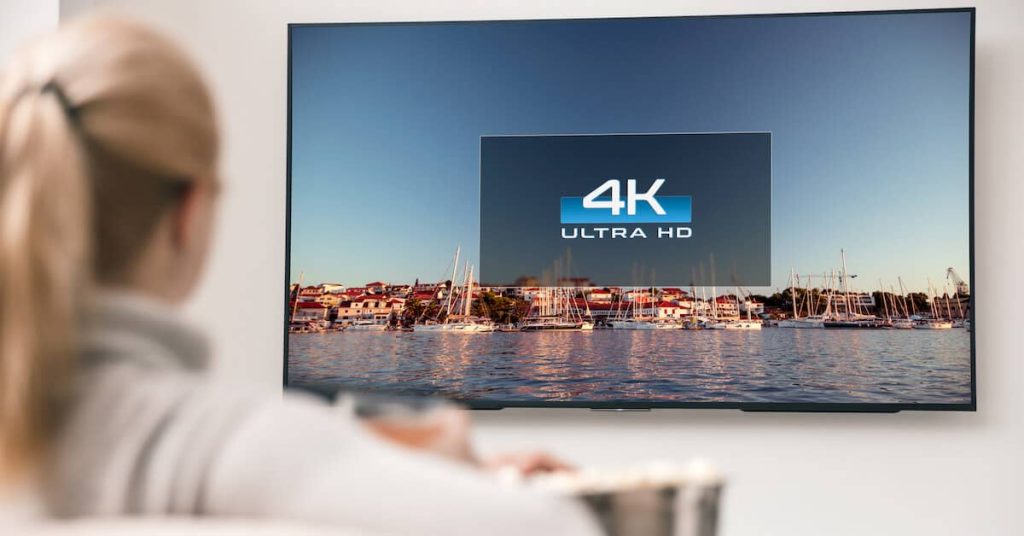In the age of advanced technology, understanding the capabilities of your camera is essential, especially when it comes to surveillance, photography, or videography.
One common question that arises is: How far can a 1080p camera see? In this expert guide, we will explore the limits of a 1080p camera, shedding light on its range, factors affecting visibility, and practical tips for optimizing its performance.
Introduction:

Modern cameras have revolutionized the way we capture moments and monitor our surroundings. But how does the resolution, specifically 1080p, impact the camera’s range? Let’s delve into the technical aspects and practical implications.
Understanding 1080p Resolution:
1080p refers to a resolution of 1920 x 1080 pixels, providing clear and detailed images. This resolution is widely used in HD TVs, monitors, and cameras, delivering sharp visuals.
Factors Affecting the Range of a 1080p Camera:
Lens Quality:
- A high-quality lens enhances clarity and extends the camera’s visibility range.
Lighting Conditions:
- Adequate lighting is crucial. Low-light environments reduce visibility significantly.
Sensor Sensitivity:
- Camera sensors with higher sensitivity capture better details, especially in low light.
Digital Zoom:
- Digital zoom can enhance image size but may compromise clarity at a distance.
Practical Range of a 1080p Camera: Facts and Figures:
- In well-lit conditions, a standard 1080p camera can capture clear details up to 60-70 feet away.
- With additional lighting, this range can extend further, sometimes up to 100 feet or more.
- Digital zoom can stretch the range, but details may blur beyond the optical zoom limit.
Pros and Cons of 1080p Cameras:
Pros:
- Clear and detailed visuals.
- Affordable and widely available.
- Suitable for most surveillance and general photography needs.
Cons:
- Limited range in low-light conditions.
- Digital zoom sacrifices clarity at a distance.
Certainly, here’s the table summarizing the pros and cons of 1080p cameras:
| Aspect | Pros | Cons |
|---|---|---|
| Resolution | Clear and detailed visuals | Limited for extreme close-ups and large-scale professional projects |
| Affordability | Affordable and widely available | Limited budget may restrict access to advanced features |
| Versatility | Suitable for most applications | May lack advanced features required for specialized tasks |
| Low-Light Performance | Good performance in well-lit conditions | Limited visibility and details in low-light environments |
| Ease of Use | User-friendly and easy to operate | Limited customization options and manual controls |
A table comparing the advantages and disadvantages of 1080p cameras, providing insights for users to make informed decisions.
Understanding these pros and cons helps users make informed decisions when choosing a 1080p camera for their specific needs.

FAQs:
Can I use external lighting to extend the range of my 1080p camera?
Yes, additional lighting can substantially improve visibility, allowing your camera to capture clear images over a greater distance.
Is a 1080p camera sufficient for professional photography?
For most purposes, yes. However, professionals may opt for higher resolutions for extremely detailed work.
References:
- Digital Photography School: www.digital-photography-school.com
- B&H Photo Video: www.bhphotovideo.com
Understanding the capabilities and limitations of your 1080p camera empowers you to make the most of your equipment. By optimizing the factors within your control, you can capture crisp and clear images, ensuring that your camera performs at its best, even at a distance.
Conclusion:
A 1080p camera offers impressive clarity within a moderate range, making it ideal for various applications. Understanding the interplay of factors like lens quality and lighting conditions is key to maximizing its effectiveness.
While it has limitations, optimizing these factors can significantly enhance the camera’s performance, ensuring sharp and detailed visuals.
In the realm of visual technology, understanding the capabilities and limitations of a 1080p camera is akin to wielding a powerful tool wisely.
As we explored, the clarity and affordability of 1080p cameras make them accessible to a wide range of users, from enthusiasts capturing everyday moments to businesses ensuring security through surveillance.
However, it’s crucial to recognize the balance between the remarkable features and the inherent limitations.
The crisp and detailed visuals provided by 1080p resolution are invaluable for most applications, yet it’s essential to acknowledge their boundaries. For extreme close-ups or specialized professional projects demanding the utmost detail, higher resolutions might be necessary.
Affordability and ease of use make 1080p cameras highly popular, ensuring that budding photographers, content creators, and businesses can harness the power of visual storytelling without breaking the bank.
Their versatility allows for a myriad of applications, from family gatherings to online content creation, making them an indispensable choice for many.
Other Posts



